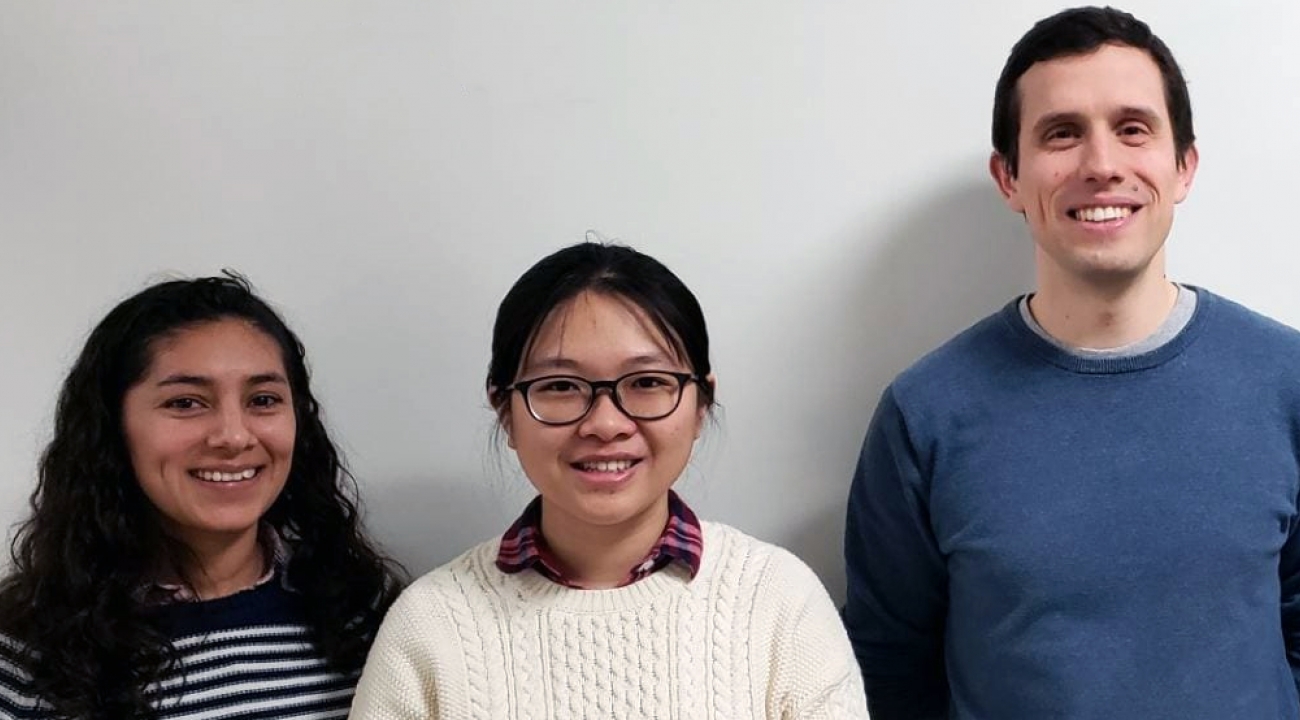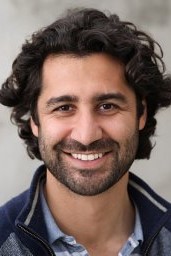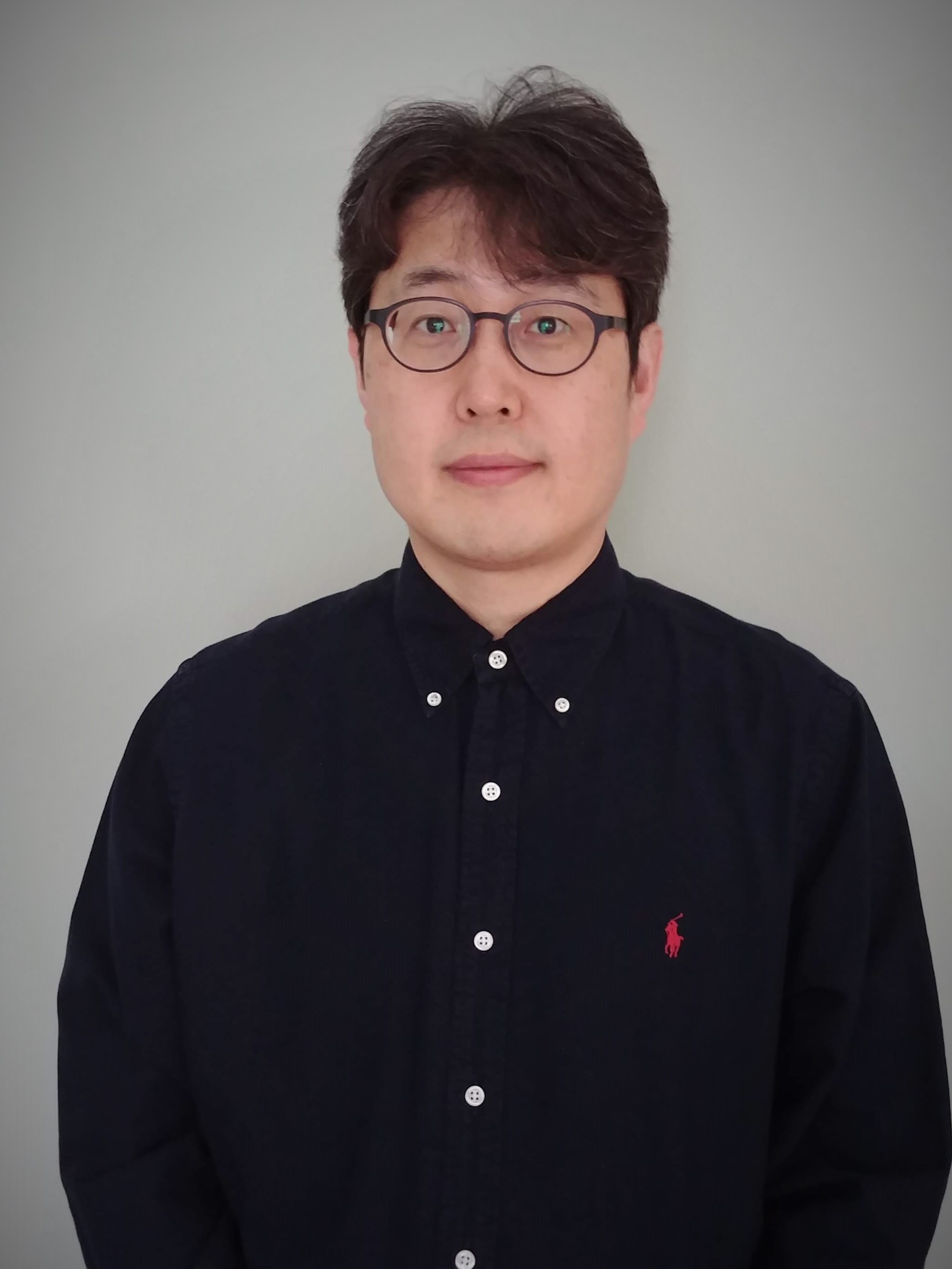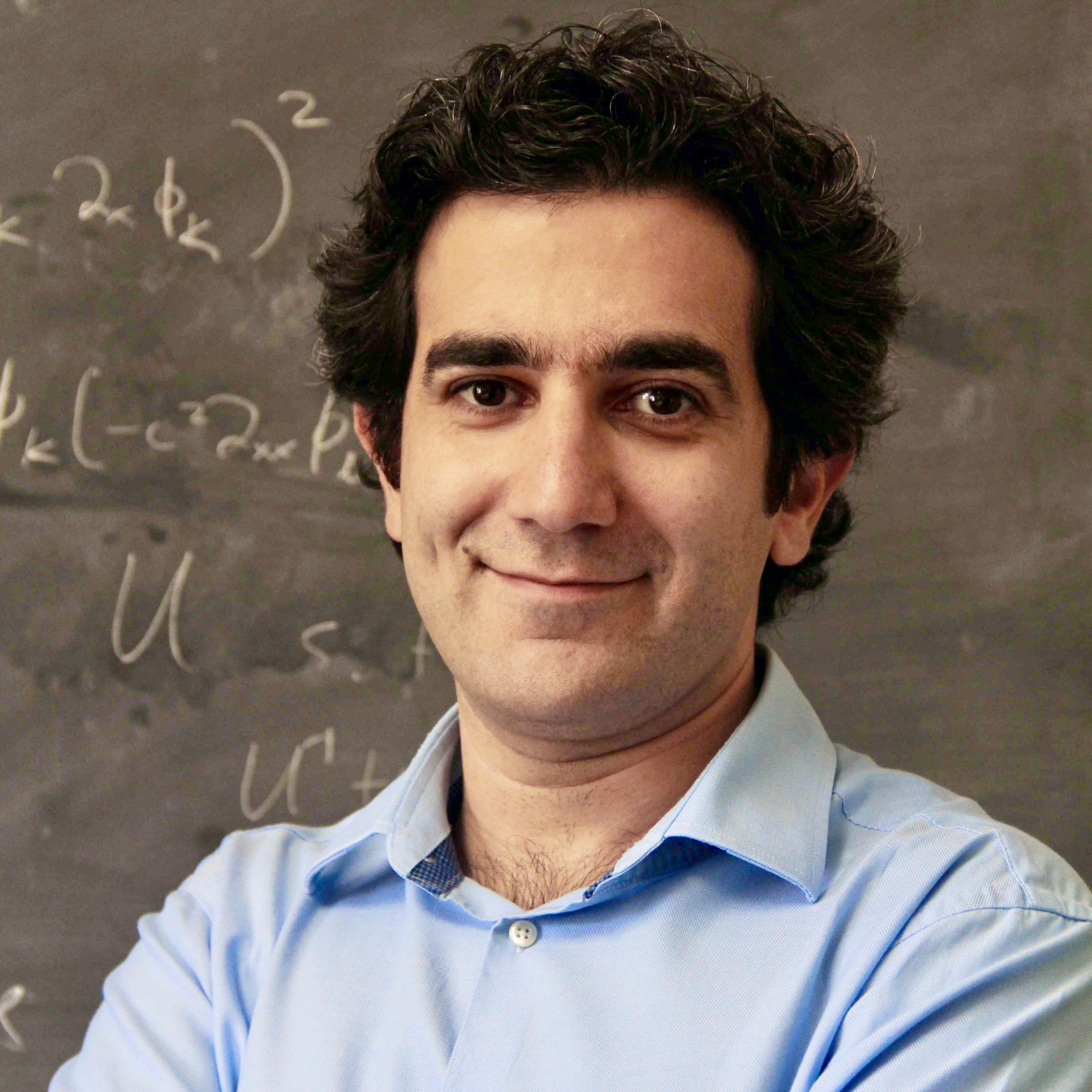Linke Lab's Work Cited
- Details
- Published: Wednesday, July 08 2020 05:33
Research by a team that includes Assistant Professor Norbert Linke, UMD physics graduate student Nhung Hong Nguyen, and visiting graduate student Cinthia Huerta Alderete has been selected as one of the 2019 Top Picks in Computer Architecture by IEEE Micro. The work, which compared different kinds of quantum computers, was a collaboration with scientists from Princeton and IBM. Cinthia Huerta Alderete, Nhung Hong Nguyen, and Norbert Linke.
Cinthia Huerta Alderete, Nhung Hong Nguyen, and Norbert Linke.
IEEE Micro evaluates submissions to all computer architecture conferences that take place throughout the year and selects 12 as Top Picks for their novelty and potential for long-term impact. They invite Top Pick authors to prepare an article for the year’s special issue, which was published in May 2020.
The article contributed by Linke and his colleagues, “Architecting Noisy Intermediate-Scale Quantum Computers: A Real-System Study,” benchmarked seven different quantum computers with diverse architectures using the team’s novel cross-platform compilation tool. The quantum computers tested included superconducting qubit-based implementations from IBM and Rigetti as well as UMD’s own trapped ion quantum computer, which outperformed the other platforms in a series of standard quantum tasks. The team compared the success rate of seven different quantum across different tasks. (Figure courtesy of the authors.)
The team compared the success rate of seven different quantum across different tasks. (Figure courtesy of the authors.)
“The fact that quantum computer architecture and benchmarking is recognized by IEEE Micro shows that this potentially revolutionary technology has reached the mainstream of computer science,” says Linke.
IEEE Micro has selected Top Picks for the last 16 years. This year, the journal received 96 submissions, with only one other quantum computing publication receiving the Top Pick honor.
Original story by Dina Genkina



